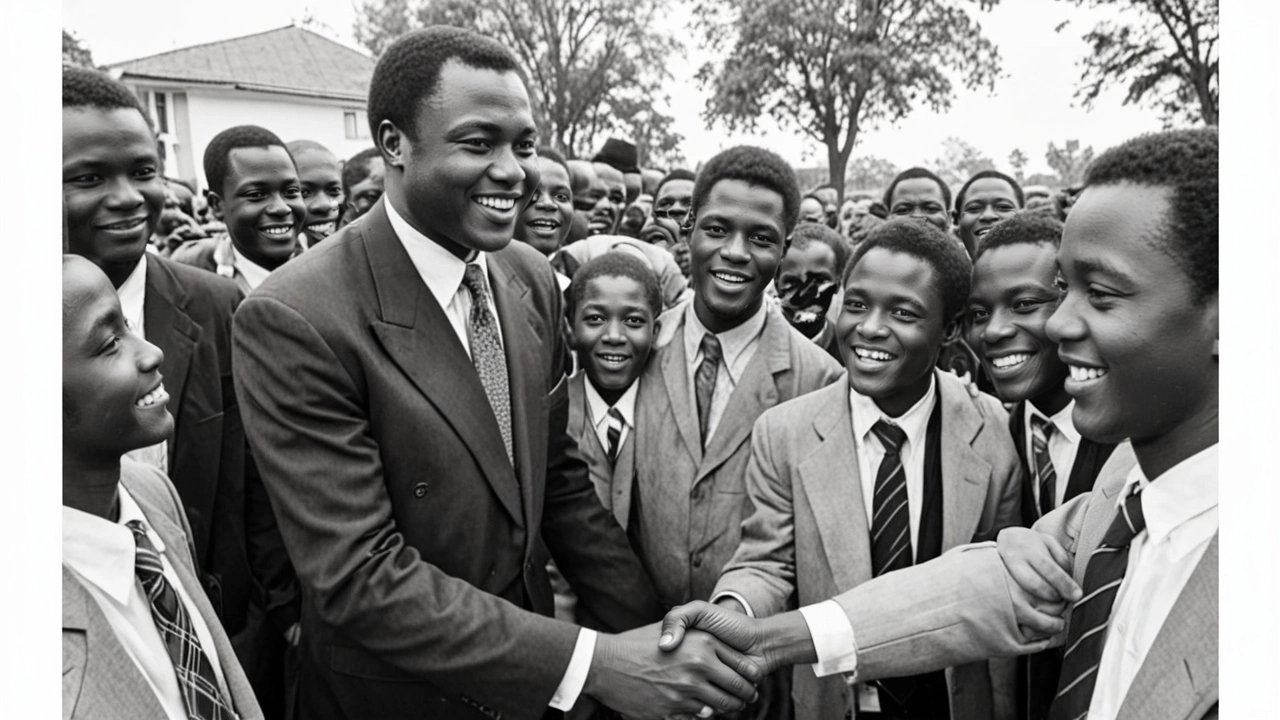Assassination: what happened, why it matters, and what to watch next
Assassinations change politics, spark investigations, and reshape security across communities. This tag collects news, timelines, official statements, and expert analysis so you can follow developments without getting lost in rumours.
If a killing is called an assassination, expect a few common threads: a public figure or political target, a motive tied to power or revenge, and quick moves by police or state agencies. Those early hours matter — statements, CCTV, and witness reports set the scene. We track those details and update stories as evidence and court actions emerge.
How we cover assassinations
We prioritise verified facts. That means checking official reports, court filings, and credible local sources before publishing. If a detail is unconfirmed, we label it clearly. You’ll see timelines, who’s involved, and what investigators say — not wild speculation. When possible, we add context: past threats, political rivalries, or security lapses that help explain how events unfolded.
For readers, that means faster access to accurate updates and clearer timelines. For families and local communities, it means care: avoiding graphic details and respecting due process while reporting what matters for public safety.
What to look for in breaking cases
Watch four things closely: official statements, forensic results, motive, and legal moves. Official statements from police or prosecutors tell you what evidence they’ve found. Forensic results — autopsies, ballistics, phone records — move a story from claim to proof. Motive links the act to politics, business, or personal conflict. Legal steps like arrests, charges, or tribunals show where the case is headed.
Don’t rely only on social posts. Rumours spread fast. Cross-check names, dates, and locations with official channels. We link to court documents, press briefings, and trusted local outlets so you can see the source too.
Assassinations also have wider effects: they can trigger protests, security sweeps, or diplomatic fallout. We follow those reactions because they change how investigations proceed and how governments respond.
Want deeper reading? Look for pieces that explain history and motive — not just the event. Background stories about rivalries, past threats, or institutional weakness help you understand why an assassination happened and what it could mean for the future.
If you have tips or verified information about a case, contact our newsroom with documents or source names. We protect confidentiality and verify everything before use.
Follow this tag for steady updates: timelines, verified facts, expert takeaways, and follow-on reporting about investigations and trials. We aim to keep you informed, clear-headed, and able to judge claims for yourself.
DCI Launches Investigation into Alleged Acquisition of Pistol Used in Tom Mboya’s Assassination
The Directorate of Criminal Investigations (DCI) has opened an inquiry into claims that Ndwiga Kathamba, a 92-year-old man, purchased the pistol used in the 1969 assassination of Tom Mboya. Kathamba alleges involvement by KANU youth members in a plot to eliminate Mboya and details his role in acquiring the weapons from the black market. These claims have prompted the DCI to investigate further.
